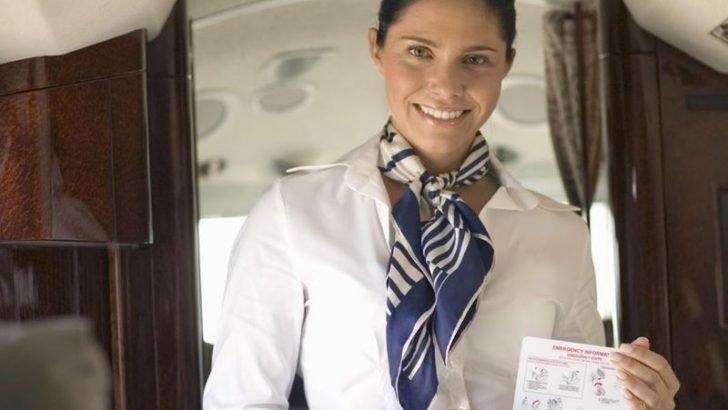Before takeoff, flight attendants perform crucial tasks that ensure the safety and comfort of everyone on board. These actions not only prepare the cabin for departure but also subtly hint at how the flight might unfold. From safety checks to passenger interactions, these pre-takeoff rituals set the tone for the journey ahead. By understanding these tasks, passengers can gain insight into the meticulous planning that goes into every flight. Here are eight things flight attendants do before takeoff that might just predict the outcome of your flight.
1. Safety Equipment Checks

Before passengers board, flight attendants check all safety equipment, ensuring everything is functioning correctly and within easy reach. This meticulous process involves verifying that life vests, oxygen masks, and emergency flashlights are properly stowed and accessible.
By guaranteeing the readiness of this equipment, flight attendants set the stage for a secure flight. Their diligence in these checks reflects their commitment to passenger safety. Did you know? This routine is not just protocol but a testament to the airline’s dedication to safety.
It’s reassuring to know that such attention to detail is given before every flight.
2. Cabin Cleanliness Inspection
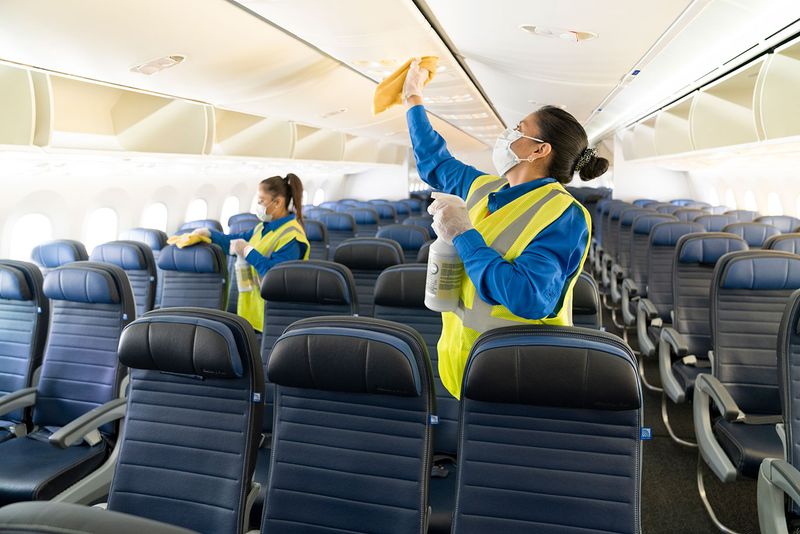
A spotless cabin is not just appealing but essential for health and comfort. Flight attendants swiftly inspect to ensure all areas meet cleanliness standards. They check seat pockets, tray tables, and floors for debris or misplaced items.
Their keen eye guarantees a fresh environment, contributing to passenger satisfaction. This task, though routine, is crucial for a pleasant journey.
Cleanliness sets a positive tone, indicating a well-maintained aircraft. Did you know? A tidy cabin can also boost passenger mood and reduce anxiety, making the flight more enjoyable.
3. Passenger Safety Briefing
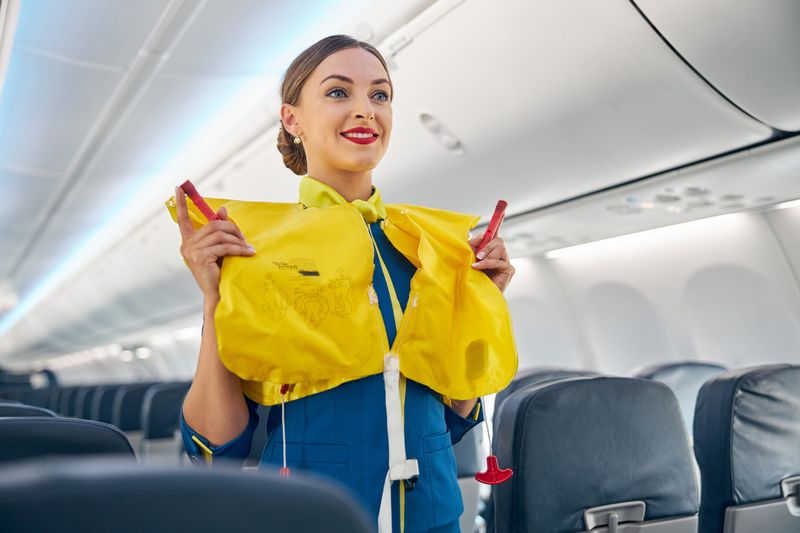
Communicating safety procedures is a vital duty flight attendants perform with precision. They deliver briefings on seatbelt fastening, emergency exits, and life jacket use, ensuring passengers understand crucial protocols.
This interaction not only informs but also reassures travelers of their safety. Through clear instructions and visible demonstrations, passengers become aware of emergency procedures.
Did you know? The safety briefing is mandatory by aviation regulations and reflects the airline’s commitment to passenger security. It’s a moment that underscores the importance of each journey.
4. Passenger Count Verification
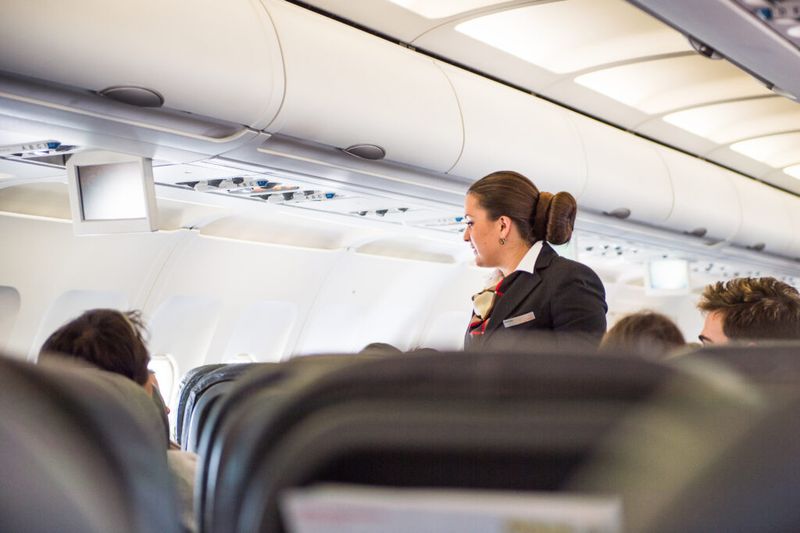
Ensuring the correct number of passengers is onboard is more than a headcount; it’s a safety measure. Flight attendants meticulously count and match the numbers with the manifest to verify accuracy.
This task ensures no one is left behind and all are accounted for. It’s a critical step that prevents delays and ensures a smooth journey.
Did you know? This process also aids in weight distribution calculations, vital for aircraft balance and fuel efficiency. Such precision in counting is crucial for operational success.
5. Luggage Stowage Assistance
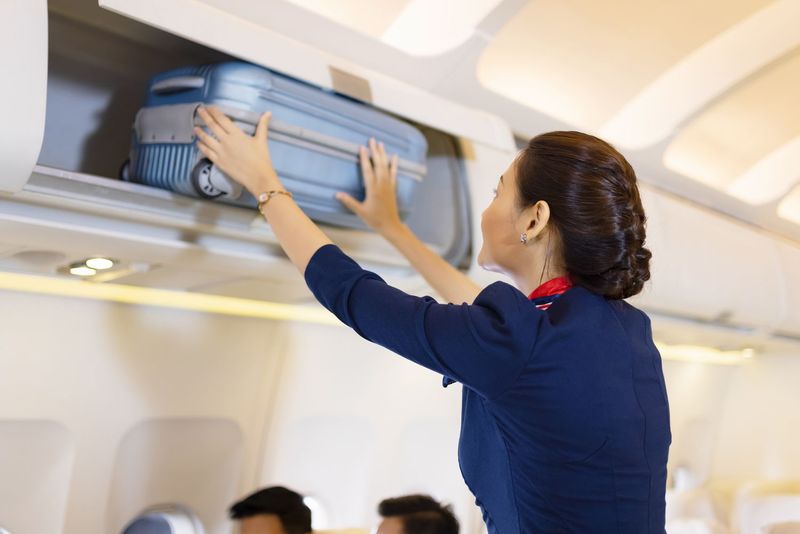
Helping passengers stow their luggage is all about efficient space use and safety. Flight attendants guide travelers in placing bags properly, ensuring aisles and exits remain clear.
This task is crucial for the aircraft’s balance and the passengers’ ease of movement. Through their assistance, flight attendants also prevent potential injuries from falling luggage.
Did you know? Proper luggage stowage can significantly impact the aircraft’s takeoff and landing performance. Their expertise in managing space is invaluable during boarding.
6. Cabin Temperature Adjustment
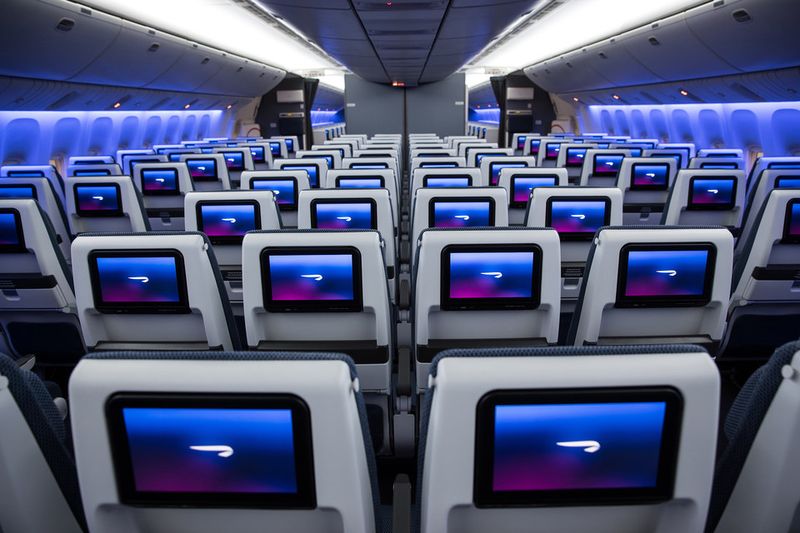
Comfort in the cabin starts with the right temperature. Flight attendants monitor and adjust settings to maintain a pleasant atmosphere for passengers.
By doing so, they ensure a comfortable environment, reducing the risk of overheating or excessive cold. This attention to detail enhances passenger comfort and well-being throughout the flight.
Did you know? Temperature control is not just about comfort but also affects passenger health, particularly on long-haul flights. Such care in adjustment speaks volumes about the service quality.
7. Security Compliance Verification
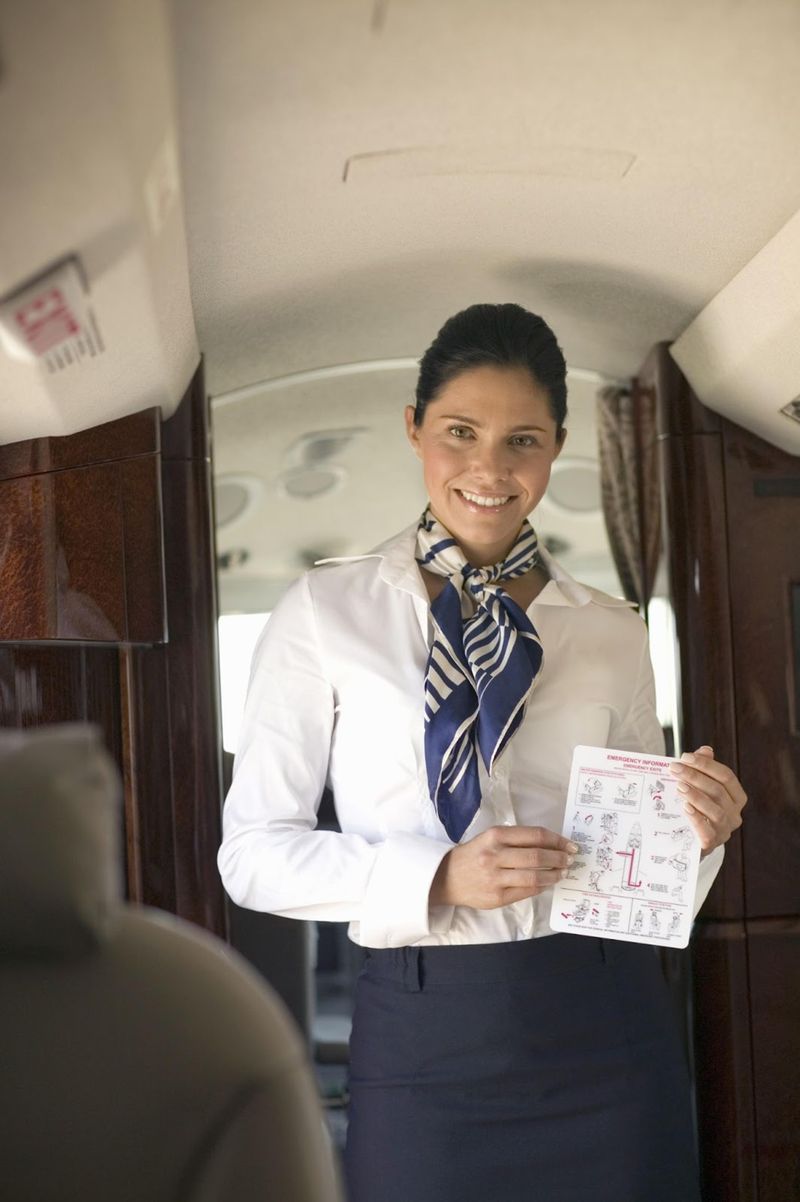
Before takeoff, flight attendants ensure all passengers comply with security regulations. They check that seatbelts are fastened and electronic devices are in airplane mode.
This task is essential for safety and regulatory adherence. By verifying compliance, they minimize risks during takeoff.
Did you know? This step is crucial to prevent any interference with the aircraft’s systems. Flight attendants’ vigilance in this area safeguards everyone on board, reflecting their role as guardians of safe travel.
8. Passenger Interaction and Support
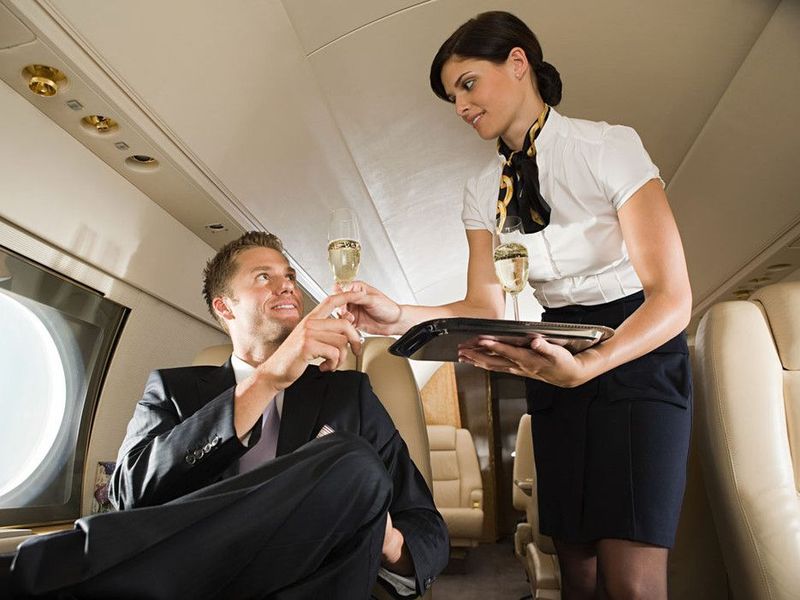
Engagement with passengers is more than just service; it’s about creating a welcoming atmosphere. Flight attendants offer assistance, answer queries, and provide reassurance.
This interaction builds a rapport, easing travel anxiety and fostering a positive flying experience. Through their approachable manner, they enhance the flight’s overall atmosphere.
Did you know? Positive interactions with crew members can significantly impact passenger satisfaction and comfort. Their role as friendly facilitators is key to a pleasant journey.
Hi all, I am Sidney, an accountant, a hobbyist photographer, and a mother to two sweet girls who are my motivation. I love sharing the tips and tricks I gained all these years I’ve been a mother. I hope it will help you!

